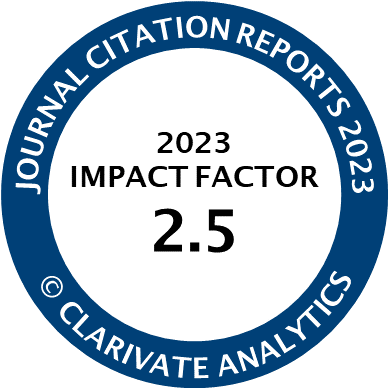Article | Open Access
The European Council, the Council, and the European Green Deal
| Views: | 4979 | | | Downloads: | 2854 |
Abstract: We assess the response of the European Council and the Council of the European Union (hereafter the Council) to the emergence and development of the European Green Deal (EGD). First, we conduct a literature review of the historical role of the two intergovernmental institutions in EU climate policy development, drawing inspiration from new intergovernmentalism, historical institutionalism, and discursive institutionalism. Next, we provide an overview of the EGD itself and three of its core elements: (1) the ambition to achieve climate neutrality by 2050; (2) its systemic and integrative nature; and (3) the just transition approach. We then present the results of a qualitative content analysis of all Council and European Council Conclusions from 2018 to 2020. Our findings show that the European Council and the Council have declared support for the EGD and its underlying principles. The European Council engaged with all three elements but mentioned the objective of achieving net-zero emissions by 2050 most frequently and with growing intensity over the years studied. The Council similarly discussed the three elements of the EGD and gave increasing focus to the integrated/systemic transition over the course of the years 2018–2020. Our empirical analysis suggests that, on paper, the Council and the European Council may manage to govern through the organisational turbulence of member state divisions on climate governance. Furthermore, environmental turbulence arising from external contexts (e.g., economic and health crises) did not dampen their declared support towards the goals of the EGD.
Keywords: climate policy; Council of the European Union; European Council; European Green Deal; turbulence
Published:
© Jeffrey Rosamond, Claire Dupont. This is an open access article distributed under the terms of the Creative Commons Attribution 4.0 license (http://creativecommons.org/licenses/by/4.0), which permits any use, distribution, and reproduction of the work without further permission provided the original author(s) and source are credited.




